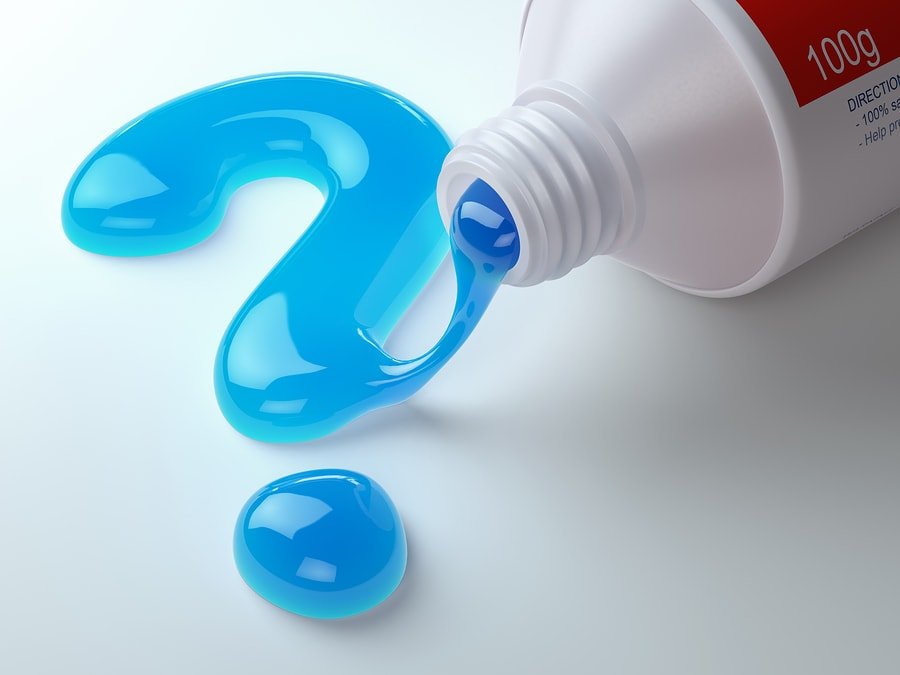Table of Contents
Fluoride is a mineral found in bones and teeth. It can also be found naturally in water, soil, plants, rocks, and even air. It can help oral health by strengthening tooth enamel.
Fluoride is a term commonly used in oral hygiene and dentistry. It is often used to strengthen enamel.
Enamel is the hard outer layer of your teeth. Plaque on the surface of your teeth produces acids that can break down enamel. Sugary foods and drinks accelerate plaque.
Unknown to most, our mouth goes through two naturally occurring processes: demineralization and remineralisation.
- Demineralisation occurs when the essential minerals of your teeth, including calcium and phosphate, are removed from the outer layer of your tooth. When this hard outside layer is weakened, it can leave your teeth more prone to decay.
- Remineralisation is the natural counteracting of damage done during demineralisation. Remineralisation includes removing acidic bacteria from your teeth.
A balance between both processes will lead to stronger tooth enamel, which protects your teeth. When the remineralization process can’t keep up with demineralization, accelerated tooth decay (cavities) will begin.
The benefit of Fluoride is that it contributes towards increasing the remineralization process.
Scientifically, this helps to bring calcium and phosphate ions to help create a new surface layer that protects against acids.
As a result, fluoride helps to shield your teeth by strengthening minerals. The new enamel crystals formed from fluoride toothpaste are harder and more resilient to acids.
Risks of Excessive Use and Swallowing of Fluoride

The amount of fluoride in popular toothpaste is usually safe. However, too much fluoride can lead to a condition known as Fluorosis.
Fluorosis occurs when excessive fluoride causes discolouration, which is a change in the colour of tooth enamel. Most cases of Fluorosis are mild. Mild forms of Fluorosis appear as white lines or ‘flecking’ (patches of discolouration) on the surface of the teeth.
In extreme cases, Fluorosis can be noticeable as brown spots on teeth or cause teeth to become ‘pitted’.
Click Here to read our full article “What is Fluorosis?”
The risks of too much fluoride in toothpaste are low. Children are more prone to Fluorosis when they swallow too much toothpaste rather than spit it out.
Is Fluoride in Toothpaste Safe?
After extensive clinical studies, fluoride in toothpaste is safe. Reviews of the risks associated with fluoride have found no evidence to support health-related concerns.
The amount of fluoride in toothpaste is minimal. The average quantity of fluoride is 1,000 to 1,500 parts per million (ppm). Higher contents are generally prescribed to patients who are prone to tooth decay.
Dentists’ application of Fluoride
Upon request, dentists may apply fluoride as part of standard check-ups and clean treatments.
Dental fluoride is a preventative treatment that is part of the check-up and clean fee and is often covered by your private dental health insurance.
Depending on your oral health, it is recommended that you get fluoride treatment from your nearest dentist once every 6 to 12 months.
Fluoride is beneficial to patients who are susceptible to tooth decay and have weakened enamel.





